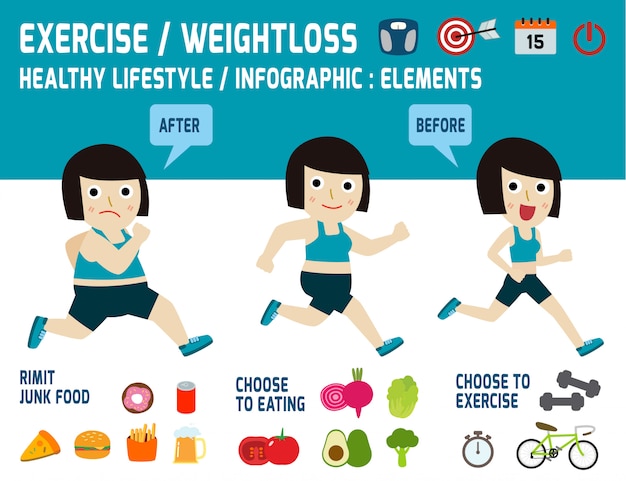Cold laser treatment is a non-invasive, pain-free treatment that helps reduce inflammation and enhances cell regeneration. It is a risk-free option to invasive treatments and usually has immediate outcomes.
Laser photons start a chain reaction of chain reactions within the cell that minimize discomfort, swelling, and increase recovery. It increases blood circulation to the area by causing vasodilation.
What to Expect
Cold laser therapy is a non-invasive treatment that utilizes low-level laser light to permeate deep right into damaged cells, activating cell feature on numerous levels to promote cells recovery. This helps in reducing pain and swelling, while advertising muscle contractions and regrowth.
During a session, you'll rest or relax easily and the specialist will note the locations on your body that need to be dealt with. The practitioner after that uses a tiny portable device with the laser to the location. Throughout the treatment, you may really feel a mild tingling or warmth in the location of your injury.
Before starting treatment, it's important to clean up the location of your injury and get rid of any kind of fashion jewelry or various other items that might hinder of the laser's path. It's likewise important to prevent any kind of flammable materials that could be in the area of the laser beam. This will certainly guarantee your safety and the performance of the therapy.
Prep work
Cold laser treatment works by radiating light on the surface of your skin. The light is taken in by the leading layer of your skin and after that boosts the cells to produce energy that promotes recovery.
During the therapy, you might really feel a warm or tingling sensation in the area that is being treated. This is completely normal, though you ought to let the specialist know if the experience is uneasy or too solid.
This therapy has a great deal of promise for aiding clients with stressful brain injury (TBI). The therapy is non-invasive and doesn't have any type of adverse adverse effects. Nonetheless, more study is needed to establish the ideal treatment protocol. The best way to discover if you are a candidate pico laser for this kind of therapy is to talk to an experienced physical therapist. They will have the ability to help you determine if cool laser treatment is right for you.
The Therapy
When the practitioner has effectively positioned you for treatment, they will after that place the cool laser device on the injured location. They may maintain it on for 30 secs or longer, relying on the size of the injury and its level of sensitivity. They will certainly utilize safety goggles to make certain that the laser does not directly hit the eyes, and they will see to it that you are secured from any type of glare that might take place.
You may feel a minor prickling experience on the location that is being treated, but it will certainly not be undesirable or unpleasant. This is a sign that the laser is functioning to promote the healing process in the impacted cells.
Most patients experience discomfort alleviation within a few sessions, with some seeing lasting outcomes even after a number of months of treatments. It is very important to note that LLLT is not indicated as a sole therapy for any type of chronic pain problem and it need to be coupled with other therapeutic techniques in order to achieve optimal results.
Post-Treatment
After you relax or rest, the professional will certainly use a stick with a series of light-emitting diodes to target your pain site. You will certainly use protective eye safety glasses, and the laser may be held on your skin for 30 to one minute. You may feel a mild, calming experience throughout the therapy.
The photons from the laser pass through deep right into your tissue, triggering a healing feedback on a cellular degree. Unlike other forms of laser therapy, this low-intensity technique does not produce warm.
Some research studies have revealed that chilly laser treatment works in dealing with a number of conditions, including persistent pain and injuries. Nevertheless, it is less extensively accepted as a standard clinical method, and it isn't covered by lots of health insurance plans. Additionally, it is not advised to be used over any kind of dubious cancerous sores or carcinomas or on pregnant ladies. You should constantly speak with your oncologist prior to seeking this kind of treatment.
